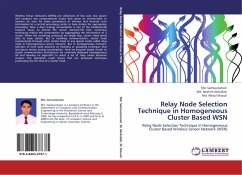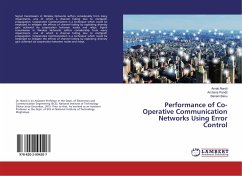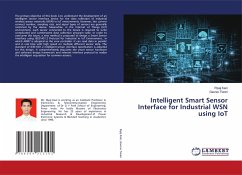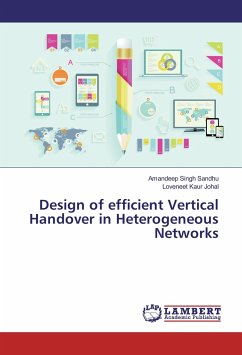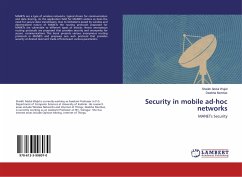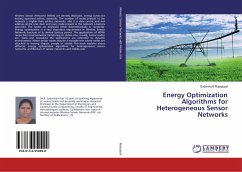
Energy Optimization Algorithms for Heterogeneous Sensor Networks
Versandkostenfrei!
Versandfertig in 6-10 Tagen
43,99 €
inkl. MwSt.

PAYBACK Punkte
22 °P sammeln!
Wireless Sensor Networks (WSNs) are densely deployed, energy constraint battery operated ad-hoc networks. The number of nodes present in the network is higher than ad-hoc networks, also it is data centric and not address centric one. Each and every node present in the network is battery operated. The nodes are deployed either deterministically or randomly. Energy optimization is a very important requirement in Wireless Sensor Networks because of its limited battery power. The applications of WSNs range from environmental monitoring to civilian one. Usually, sensor nodes are static, and nowaday...
Wireless Sensor Networks (WSNs) are densely deployed, energy constraint battery operated ad-hoc networks. The number of nodes present in the network is higher than ad-hoc networks, also it is data centric and not address centric one. Each and every node present in the network is battery operated. The nodes are deployed either deterministically or randomly. Energy optimization is a very important requirement in Wireless Sensor Networks because of its limited battery power. The applications of WSNs range from environmental monitoring to civilian one. Usually, sensor nodes are static, and nowadays the applications are extended to dynamic environments. Hence sensor nodes may be a movable one where nodes are attached to moving objects, people or animal. This book explains about different energy optimization algorithms for heterogeneous sensor networks, architecture of sensor networks and mobile sink.



